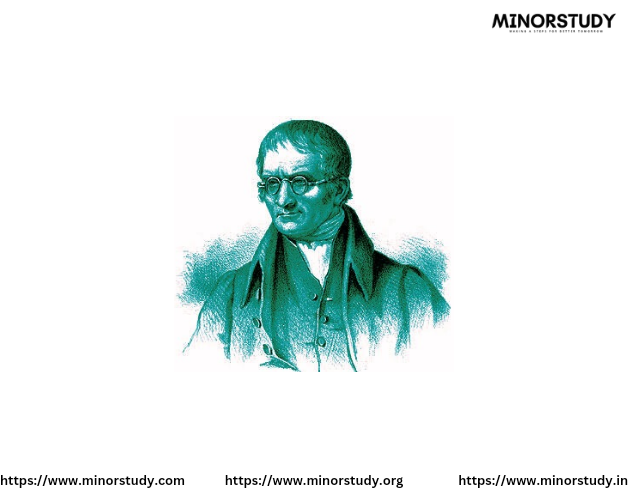Atoms and elements
- Minorstudy Web blogs
- Dec 7, 2024
- 3 min read

Atoms and Elements: Basic Concepts
1. Atoms: The Building Blocks of Matter
Definition: An atom is the smallest unit of an element that retains the chemical properties of that element. It consists of a nucleus, which contains protons and neutrons, surrounded by electrons in various energy levels or orbitals.
Components of an Atom:
Nucleus: The central core of an atom, made up of:
Protons: Positively charged particles. The number of protons defines the atomic number and determines the identity of the element.
Neutrons: Neutrally charged particles that add mass to the atom and contribute to the stability of the nucleus.
Electrons: Negatively charged particles that orbit the nucleus in electron shells or energy levels. Electrons are involved in chemical bonding.
Atomic Number: The number of protons in an atom’s nucleus. It is used to identify an element. For example, hydrogen has an atomic number of 1 (one proton), and oxygen has an atomic number of 8 (eight protons).
Atomic Mass: The sum of the protons and neutrons in an atom’s nucleus. It gives an atom's approximate weight.
Isotopes: Atoms of the same element with the same number of protons but a different number of neutrons, leading to different atomic masses.
2. Elements: Pure Substances
Definition: An element is a pure substance that consists of only one type of atom, characterized by a unique number of protons (atomic number).
Properties of Elements:
Each element is represented by a chemical symbol (e.g., H for hydrogen, O for oxygen).
Elements combine in different ways to form compounds and materials with new properties.
There are currently 118 known elements, with 94 occurring naturally and the rest synthesized in laboratories.
Categories of Elements:
Metals: Elements that are typically good conductors of heat and electricity, have high melting points, and are malleable and ductile. Examples include iron (Fe), gold (Au), and copper (Cu).
Nonmetals: Elements that lack metallic properties and are poor conductors of heat and electricity. Examples include carbon (C), oxygen (O), and nitrogen (N).
Metalloids: Elements that have properties intermediate between metals and nonmetals. Examples include silicon (Si) and boron (B).
Noble Gases: Inert gases found in group 18 of the periodic table. They have full outer electron shells, making them chemically stable. Examples include helium (He), neon (Ne), and argon (Ar).
3. The Periodic Table of Elements
Structure: The periodic table is a tabular arrangement of all known elements, organized by increasing atomic number. It helps to understand the relationship between different elements, their properties, and how they interact.
Groups and Periods:
Groups: Vertical columns in the periodic table. Elements in the same group often have similar chemical properties and the same number of valence electrons.
Periods: Horizontal rows in the periodic table. As you move across a period, properties of the elements change from metallic to nonmetallic.
Key Groups:
Group 1: Alkali metals (e.g., lithium, sodium).
Group 2: Alkaline earth metals (e.g., magnesium, calcium).
Group 17: Halogens (e.g., chlorine, fluorine).
Group 18: Noble gases (e.g., helium, neon).
4. Chemical Bonding and Compounds
Ionic Bonding: Occurs when atoms transfer electrons to achieve full outer electron shells. One atom becomes positively charged (cation), and the other becomes negatively charged (anion), resulting in an electrostatic attraction.
Example: Sodium (Na) and chlorine (Cl) form sodium chloride (NaCl) by ionic bonding.
Covalent Bonding: Occurs when atoms share electrons to achieve a full outer shell. This type of bond typically forms between nonmetals.
Example: Two hydrogen atoms (H) share electrons to form a hydrogen molecule (H₂).
Metallic Bonding: Occurs between metal atoms, where electrons are shared in a "sea" of electrons that move freely around the positively charged metal ions.
Example: The bond in a piece of copper (Cu) or gold (Au).
5. The Role of Atoms and Elements in Chemistry
Chemical Reactions: Atoms rearrange during chemical reactions to form new substances. These reactions are governed by the laws of conservation of mass and energy.
Example: In the reaction between hydrogen (H) and oxygen (O), water (H₂O) is formed: 2H2+O2→2H2O2H_2 + O_2 → 2H_2O
Elemental Composition: Elements combine to form compounds and mixtures. For instance, water is a compound made of two elements: hydrogen and oxygen.
Molecular Structure: The way atoms bond and arrange themselves determines the properties and behaviors of molecules. For example, the structure of carbon atoms in diamond gives it hardness, while in graphite it gives flexibility.
Conclusion
Atoms and elements are the foundation of all matter. Atoms combine to form elements, which in turn combine to create the wide variety of substances we encounter in the natural world. Understanding the properties of atoms and elements, and how they interact through chemical bonding, is essential to the field of chemistry and many other scientific disciplines.











Comments